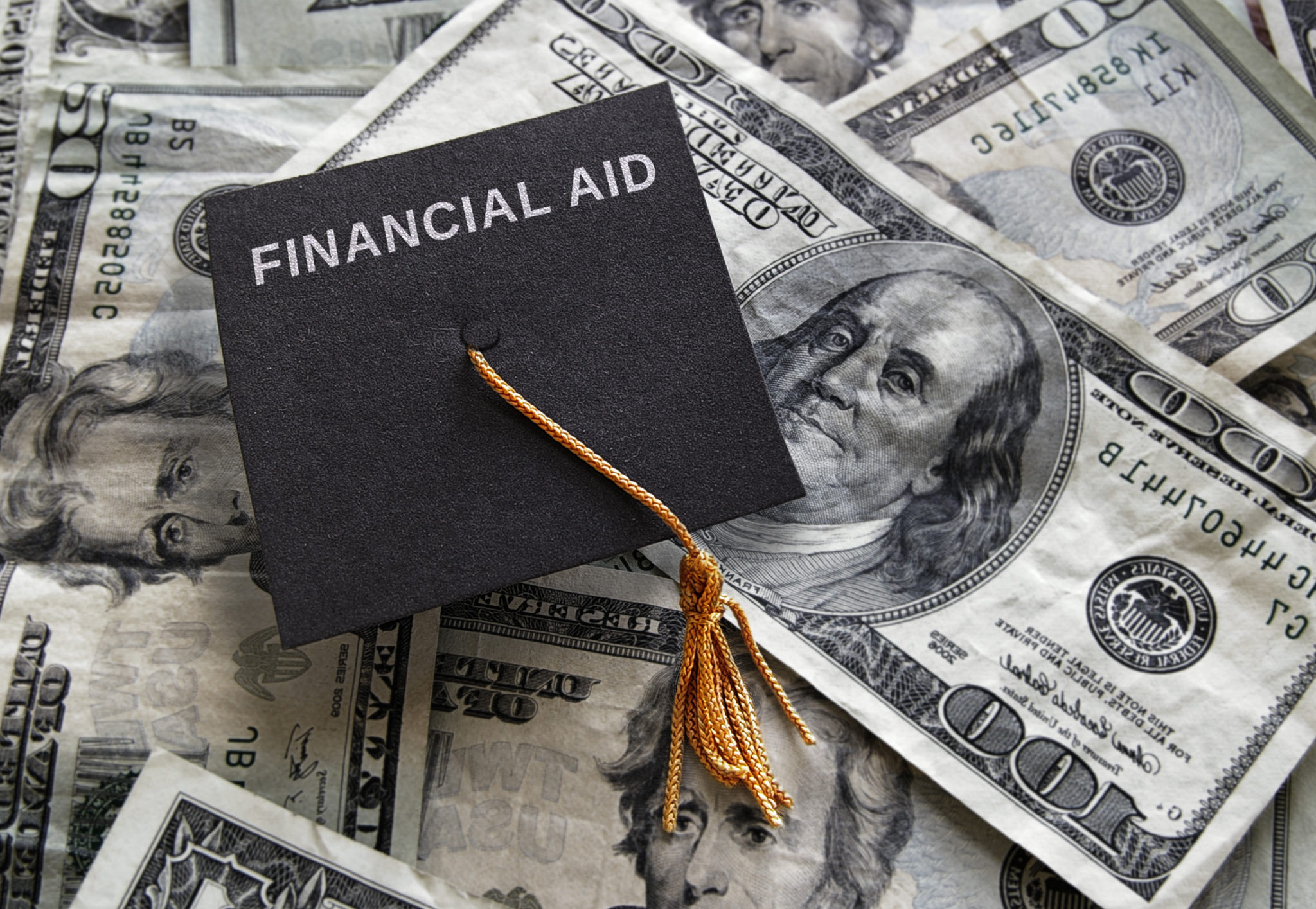Black History Month: Black Americans and health education
The latest post in Liaison’s Black History Month series examines the need for a more diverse medical workforce, as well as Liaison’s participation in initiatives designed to foster inclusivity, equity and diversity in health education. Black healthcare professionals are underrepresented in almost every field, a disparity that has been shown to lead to worse health outcomes for Black patients. Liaison and its partners are committed to using their resources to help recruit more Black students into the health sciences and to connect these prospective students with scholarships to lessen the financial burden of their education.
One in eight higher ed employees lost their job in 2020
At least 650,000 U.S. college and university employees lost their jobs in the last 10 months of 2020, according to preliminary data released by the federal government. “At no point since the Labor Department began keeping industry tallies in the late 1950s have colleges and universities ever shed so many employees at such an incredible rate.” That number does not account for job losses at businesses with direct connections to campus life, such as those that provide food and cleaning services. “All of the job losses between the department’s November and December reports occurred in academe’s private nonprofit and for-profit sectors. Estimates from last summer had suggested that the public and private sectors might see diverging recoveries, with private colleges seemingly faring better than public ones at that point. But since then, neither has been able to produce consistently positive job numbers.”
Source: The Chronicle of Higher Education
Generation Z views the future with uncertainty
A recent survey of more than 1,000 college students revealed that very few are confident they will be able to achieve their post-graduation employment goals. Just 30% said they’re confident about getting the job they want, and only 23% believe they will get a job that pays their desired salary. Approximately 16% lost a job they had found before the pandemic, and only 9% were able to work at jobs they were offered before the pandemic. Respondents included students attending in-person classes (46%) and those learning remotely (54%). “Overall, is virtual college as good as the in-person, on-campus experience? College students say no: those attending classes virtually seemed less positive about their college experience than those attending in person.”
Source: Forbes

Amount of money donated to colleges in FY2020 unchanged from previous year
Donations to colleges during the 2020 fiscal year remained essentially flat on a year-over-year basis, according to data released by the Council for Advancement and Support of Education. Alumni and foundations were responsible for most (55%) of the $49.5 billion given to higher ed institutions. The amount donated by non-alumni individuals increased by 4%, while the amount gifted by “other” sources — such as donor-advised funds — rose by 7%. There may be reason for optimism this year, however: “Higher ed giving tends to rise and fall with the stock market, and several indexes appear headed toward record highs ahead of prospects for more stimulus funding.”
Source: Higher Ed Dive
Potential first-time students in California filed far fewer FAFSA applications during first months of pandemic
The number of Free Application for Federal Student Aid (FAFSA) submissions filed by potential first-year college students in California declined by 14% between March and August last year, according to University of Missouri researchers. California, with its large population and wealth of colleges and universities, is often seen as a bellwether state for nationwide trends in higher education. “Findings also indicated a 21% decrease in submissions from incoming first-year undergraduates with no prior college experience and a 7% fall from those with some experience… There was a 5% decrease in FAFSA applications from ZIP codes in the top third in terms of percentage of Black and Hispanic residents, with those in the lowest third instead having a 10% increase.”
Source: Diverse Education
